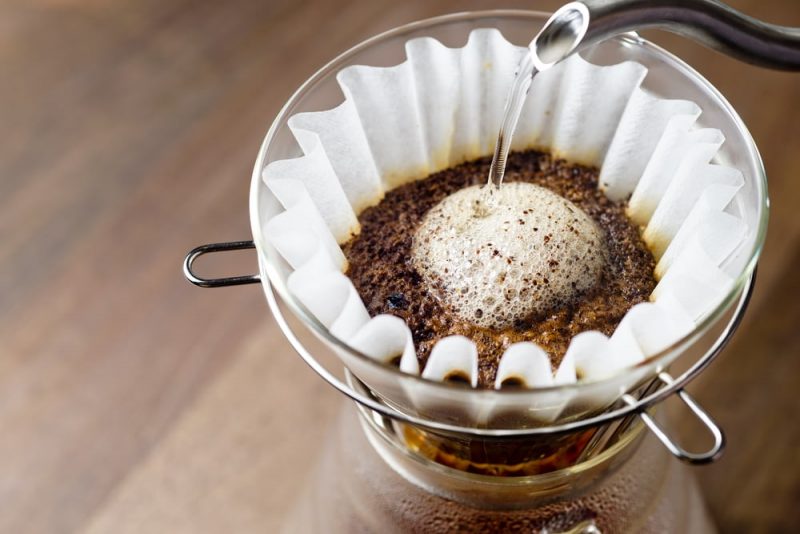The filtration It is a process of separating a solid substance from a liquid in which it is suspended, using a mechanical means called a sieve, filter or sieve. The sieve is a porous medium that allows the passage of the smaller molecules and ductile molecules of the water, but retains the larger particles of the solid. For instance: pasta cooking, juice straining, air filters.
Some filters are fabrics, plastic or metallic nets and different types of papers. Leakage is perhaps one of the most used methods both industrially and daily to separate solids from a suspension or to rescue bulky objects from some liquid substance.
According to the size of the particles and the nature of the mixture, some methods of separation of its components can be classified as:
- Filtration. As such, it is based on the separation of tiny (often invisible) solid particles in a colloidal suspension.
- Sieving. It is the separation of larger solid particles from other smaller solid particles.
- Casting. It is the separation of larger and visible solid particles from the liquid through a filter called a strainer.
Filtering examples

- Coffee preparation. The ground coffee is served directly into a strainer (cloth or paper) and boiling water is poured over it. The paper allows the finest particles, which have a strong taste and the properties of coffee, to pass through, while the “wipe” or solid residue of the coffee powder remains on the filter and not in the cup.
- Pasta cooking. Pasta must be cooked in boiling water to hydrate and regain its characteristic elasticity and texture, but it is consumed out of the water, so it must be strained allowing the water to drain and the cooked pasta to remain in the strainer.
- Juice Straining. In the production of many juices, the fruit is blended into whole pieces with water or the pulp is squeezed to obtain the juice. Whatever the case, it must then be strained to separate the solid fiber or pulp residues from the liquid itself.
- Preparation of infusions. Many teas and infusions are made from fresh grass, deposited in strands in boiling water. Once the substances contained therein are released, they are strained to extract the solid strands and leave the liquid in the cup.
- Air filters. In many closed environments or even in the air injection system of automobile engines, filters are used to retain airborne impurities, such as dust particles and other tiny solid elements, to keep the incoming air as clean as possible. To the system. The same goes for the dryer filter, which collects lint and textile debris from the air.
- Water filters. A water filter is often used in homes to remove impurities before using it for domestic use. These filters usually consist of porous stones that allow the passage of water but retain the tiny particles and substances that accompany it.
- Oil filters. In combustion engines, oil filters are used to retain the carbon particles produced by the hot circulation of these lubricants, thus keeping the particles retained in the filter and the oil as clean as possible, extending the useful life of the machinery.
- Tinajeros or stone filters. They were water purification devices used in colonial times in houses, based on the passage of water from a higher container to a lower one through a porous stone.
- Sewer grates. The metal grates at the mouth of the sewers work as sieves to keep out large solid waste and avoid clogging the drainage pipes through which the rainwater descends.
- Pool nets. Used for cleaning water, they retain insects, leaves and debris in general in solid state that are suspended in the water and allow the passage of the liquid, thus serving as a cleaning tool.
- Flour sieving. Flour (solid) is often passed through a sieve or strainer, not only to clean it of any residue or insects, but to aerate it and allow more fluffiness in the desserts and avoid the formation of lumps.
- Cement sieving. In preparations for the construction sector, cement powder is usually sifted before mixing, to prevent the particles of the material from already adhering or grainy and thus guaranteeing that the mixture is homogeneous.
- Dialysis. In patients with kidney failure, blood filtering is necessary to extract toxins and unnecessary waste: this is called dialysis and it is done through specialized machinery. The kidneys would become the natural blood filter.
- Filter paper. Used in laboratories to separate water and easily soluble substances such as sugar, salt or sand, it is a porous paper that retains even very small particles but allows water to pass through.
